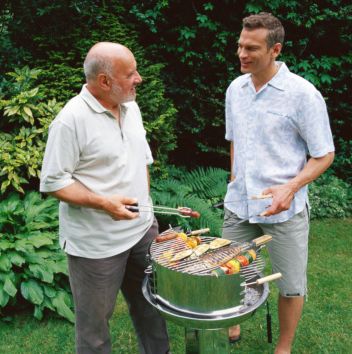 Do you have a passion for ATV riding? Do you throw caution to the wind when you ride?
Do you have a passion for ATV riding? Do you throw caution to the wind when you ride?
What will the consequences mean for both you and your family?
When you ride, safety matters.
We’re concerned about the safety of your family. We’re not trying to take your ATVs away. We only want to make the riding experience safer so more riders stay alive and families stay together.
ATV safety matters because keeping you and your family safe matters.
About 700 people die every year in ATV-related accidents and another 136,000 go to hospital emergency rooms. Many of these injuries are life changing. So far this year, CPSC is aware of preliminary reports of 130 adults and 28 children under the age of 16 who have died in ATV-related incidents around the country. At least 14 adults and three children are reported to have died during Memorial Day weekend alone this year.
Every ATV rider in your family should take a hands-on training course taught by a certified instructor. Classes are offered by the ATV Safety Institute, local ATV rider groups, and some state departments of natural resources, state highway departments, and other agencies responsible for regulating ATV use. The National 4-H Council also sponsors educational seminars on safe riding for children and teenagers.
At CPSC, we know what can happen with ATVs, because for many years our staff has been investigating the ATV deaths reported to us. We sit across from parents and grandparents who often say, “If I had only known.”
We believe there would be a dramatic decline in deaths and injuries if riders follow these rules in addition to taking a safety training course:
- Always wear a helmet and other protective gear.
- Do not carry any passengers on single-rider ATVs.
- Ride off-road, not on paved roads.
- Know the terrain.
- Keep children younger than 16 on youth ATVs and off adult ATVs.
Know ATV safety to keep everyone in your family, you included, safe on the trails and help curb the rise of ATV deaths and injuries that happen every summer.









